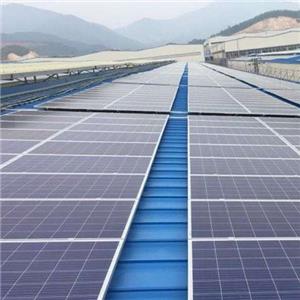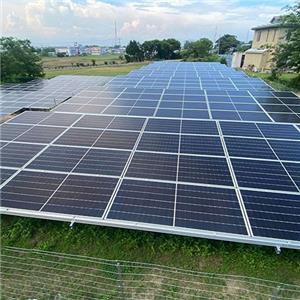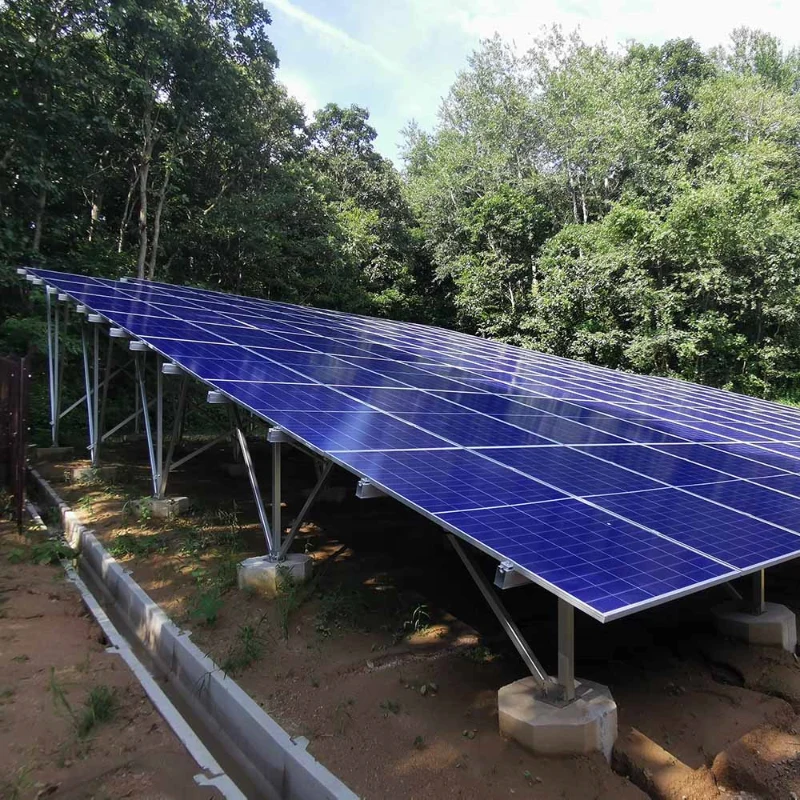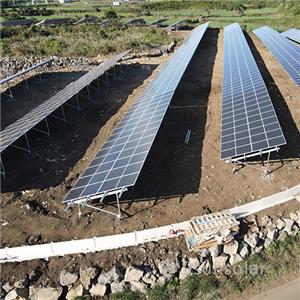The Advantages of Solar Ground Systems Across Diverse Terrains
As the world shifts toward renewable energy, solar power continues to shine as one of the most accessible and sustainable solutions. Among the various solar installation options, solar ground systems have emerged as a versatile and efficient choice for both residential and commercial applications. Unlike rooftop solar panels, ground-mounted systems are installed directly on the earth, offering unique advantages and adaptability to a variety of ground conditions. In this blog, we’ll explore the different types of ground conditions suitable for solar ground systems and highlight their numerous benefits.
Understanding Solar Ground Systems
Solar ground systems are photovoltaic (PV) arrays installed on the ground rather than on rooftops. These systems are typically mounted on frames or racks that are anchored into the earth, allowing for optimal positioning to capture sunlight. Ground-mounted systems can be installed in a wide range of environments, making them a flexible option for property owners with available land.
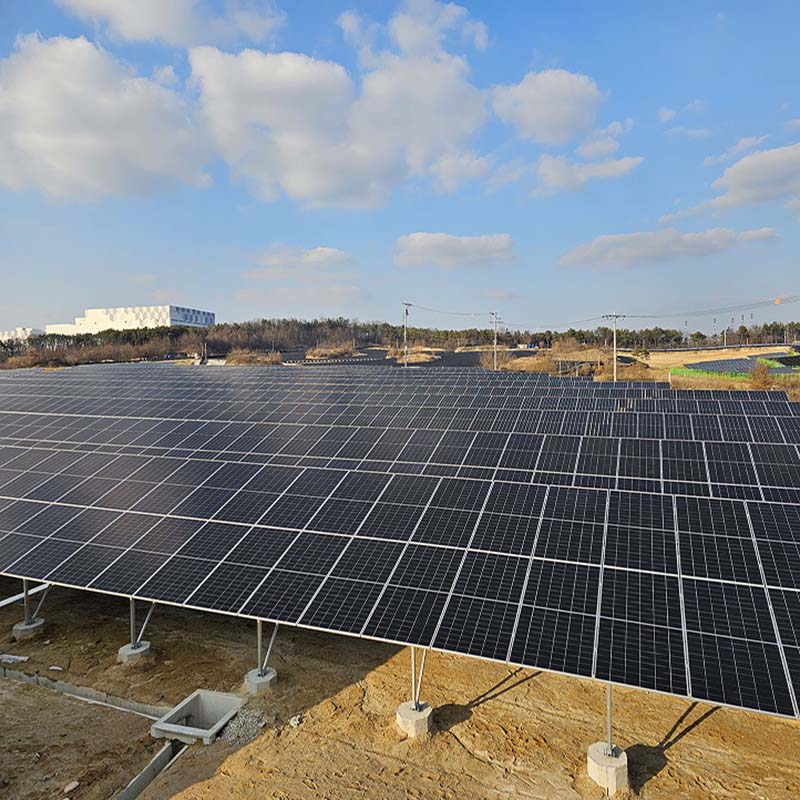
Adapting to Various Ground Conditions
One of the standout features of solar ground systems is their ability to adapt to diverse terrains. Here’s how they perform under different ground conditions:
1.Flat Terrain
Flat land is ideal for solar ground systems, as it allows for easy installation and optimal panel orientation. Flat terrains enable installers to position panels at the perfect angle to maximize sunlight exposure, ensuring higher energy output.2.Sloped or Uneven Terrain
Solar ground systems can also be installed on sloped or uneven land. Adjustable mounting systems and specialized racking solutions make it possible to level the panels and maintain efficiency, even on hilly or rugged landscapes.3.Rocky or Sandy Soil
While rocky or sandy soil may pose challenges for traditional construction, solar ground systems can be adapted with ground screws, ballasted mounts, or concrete footings to ensure stability and durability.4.Agricultural or Grazing Land
Solar ground systems can coexist with agricultural activities in a practice known as agrivoltaics. By elevating the panels, farmers can grow crops or graze livestock underneath, creating a dual-use system that maximizes land productivity.5.Brownfield Sites
Contaminated or unused industrial land, often referred to as brownfield sites, can be repurposed for solar ground systems. This not only generates clean energy but also revitalizes otherwise unusable land.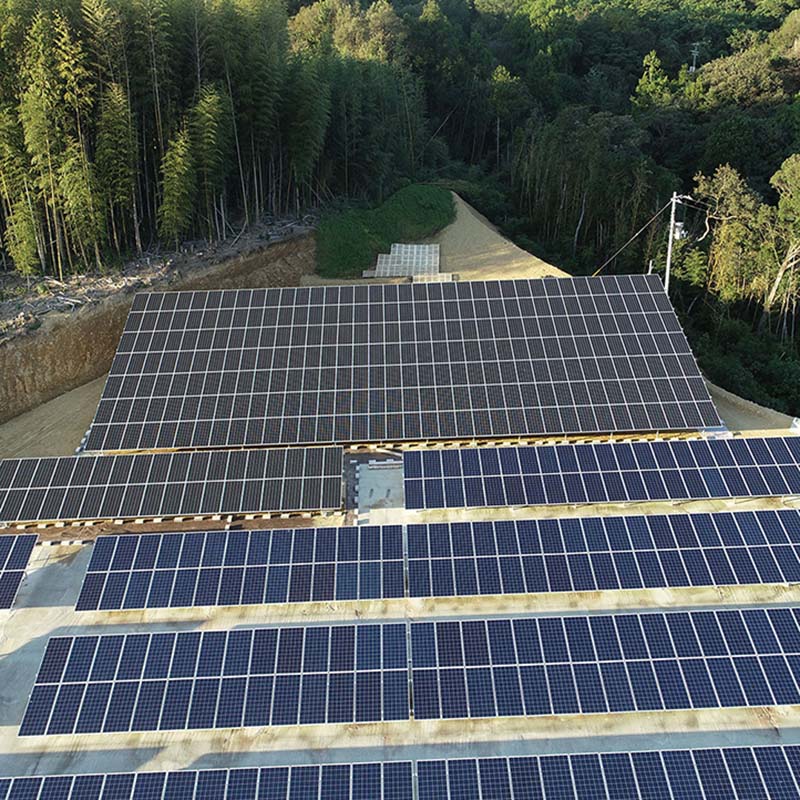
Advantages of Solar Ground Systems
Solar ground systems offer a host of benefits that make them an attractive option for property owners and businesses alike. Here are some of the key advantages:
1.Optimal Positioning and Efficiency
Unlike rooftop systems, which are limited by the roof’s orientation and angle, ground-mounted systems can be positioned for maximum sunlight exposure. This often results in higher energy production and greater efficiency.2.Scalability
Ground systems are highly scalable, making them ideal for large-scale solar farms or smaller residential setups. Property owners can expand their systems as needed, depending on available land and energy requirements.3.Ease of Maintenance
Ground-mounted panels are easier to access and maintain compared to rooftop systems. Cleaning, repairs, and inspections can be performed without the need for climbing onto roofs, reducing safety risks and maintenance costs.4.No Structural Limitations
Rooftop systems are often constrained by the structural integrity of the building. Ground systems eliminate this concern, as they are installed independently of existing structures.5.Environmental Benefits
Solar ground systems generate clean, renewable energy, reducing reliance on fossil fuels and lowering carbon footprints. Additionally, they can be paired with energy storage solutions to provide power during outages or peak demand periods.6.Land Utilization
Ground systems allow property owners to make productive use of otherwise unused land. Whether it’s a vacant lot, a field, or a brownfield site, solar installations can turn underutilized spaces into valuable energy assets.
Conclusion
Solar ground systems are a versatile, efficient, and sustainable solution for harnessing solar energy. Their ability to adapt to various ground conditions—from flat terrains to rocky soils—makes them accessible to a wide range of property owners. With advantages like optimal positioning, scalability, and ease of maintenance, ground-mounted solar systems are paving the way for a cleaner, greener future.
Whether you’re a homeowner with unused land or a business looking to invest in renewable energy, solar ground systems offer a promising opportunity to reduce energy costs and contribute to a more sustainable planet. So, why not take the first step toward harnessing the power of the sun? The ground beneath your feet might just be the perfect place to start.

